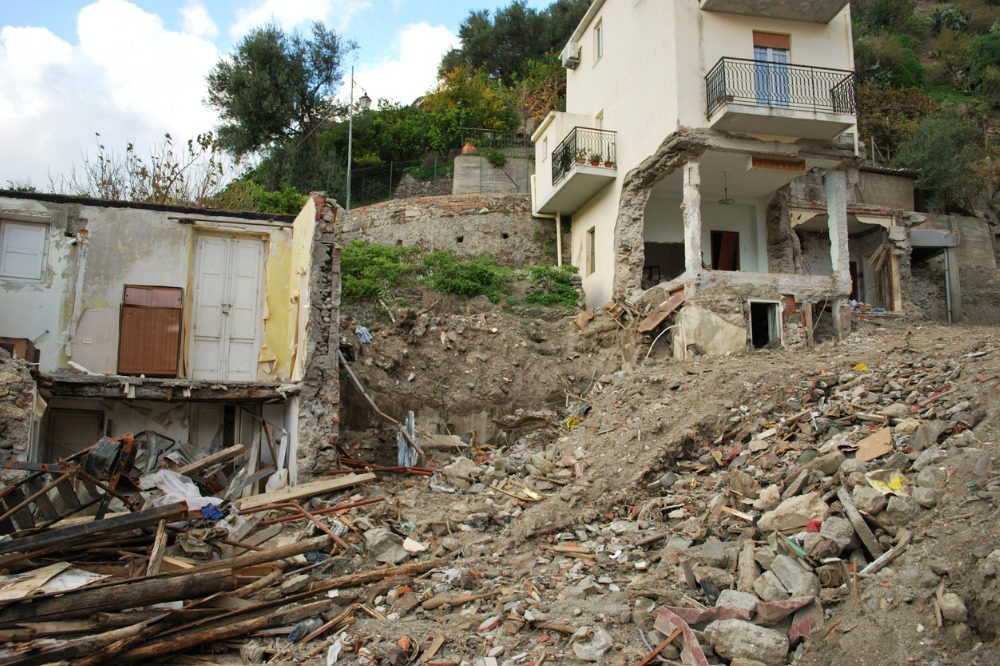Auckland floods, Gabrielle insurance claims reach 70K

A lengthy process
EQC chief readiness and recovery officer Kate Tod said that processing these claims would be a lengthy process. Although they are a small portion of the overall figure, there are various steps involved when a customer needs to go through for a land claim.
“We need a geotech engineer to go out, we need a valuer to go out and at the moment the first thing that needs to happen is that silt and debris needs to be removed before that can be assessed,” Tod said in a statement.
The important thing to note for customers, according to Tod, is that they need to contact their private insurers who are lodging their claims to the EQC on their behalf. Tod said the process is a difficult one to put a timeframe on, and that the commission can expect a better clarity of that once things unfold over the next few weeks.
In the meantime, residents who were forced to vacate their houses due to the danger of nearby slips even though their properties are still liveable could be eligible for coverage through the EQC. While private companies’ policies on the matter vary, the EQC’s task is to cover damage to land on residential properties.
The Earthquake Commission Act of 1993 states that land under a dwelling is covered in an eight metre radius, along with outbuildings such as garages also within an eight-meter radius. The act provides coverage for up to 60 metres of land on a main accessway to a property.
For homeowners who are susceptible to damage from neighbouring properties, the EQC coverage may also apply, Tod said.
“If there is a risk of damage occurring on your property or on your land because of perhaps a neighbouring property there is potentially cover under the [Earthquake Commission Act], but we would need to look at the specifics of that,” she said.
New Zealand homeowners are immediately eligible for EQCover if they have a current private insurance policy for their home and pay the fire insurance levy. In case of a slip, the EQCover will repair a home up to the residential building cap and pay for the insured residential land up to the value of the land.
“For storms and floods, we can help repair some of the land, and the private insurance policy would generally cover the home, car or contents, according to your policy, plus EQCover will cover the cost of removing flood debris such as silt and fallen trees and repairing land evacuation/scour damage,” Tod said.
A bill making natural disasters claims easier has passed its third and final reading recently, and under the legislation the EQC will change its name to Toka Tū Ake, or the Natural Hazards Commission.
What are your thoughts on this story? Please feel free to share your comments below.





